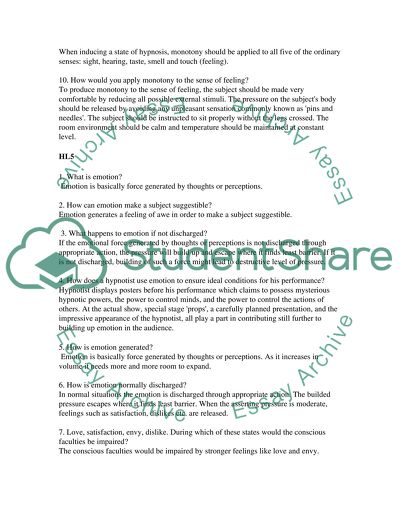Cite this document
(Hypnotherapy & Neuro-Linguistic Programming Assignment Example | Topics and Well Written Essays - 2250 words - 1, n.d.)
Hypnotherapy & Neuro-Linguistic Programming Assignment Example | Topics and Well Written Essays - 2250 words - 1. https://studentshare.org/psychology/1549429-hypnotherapy-neuro-linguistic-programming
Hypnotherapy & Neuro-Linguistic Programming Assignment Example | Topics and Well Written Essays - 2250 words - 1. https://studentshare.org/psychology/1549429-hypnotherapy-neuro-linguistic-programming
(Hypnotherapy & Neuro-Linguistic Programming Assignment Example | Topics and Well Written Essays - 2250 Words - 1)
Hypnotherapy & Neuro-Linguistic Programming Assignment Example | Topics and Well Written Essays - 2250 Words - 1. https://studentshare.org/psychology/1549429-hypnotherapy-neuro-linguistic-programming.
Hypnotherapy & Neuro-Linguistic Programming Assignment Example | Topics and Well Written Essays - 2250 Words - 1. https://studentshare.org/psychology/1549429-hypnotherapy-neuro-linguistic-programming.
“Hypnotherapy & Neuro-Linguistic Programming Assignment Example | Topics and Well Written Essays - 2250 Words - 1”. https://studentshare.org/psychology/1549429-hypnotherapy-neuro-linguistic-programming.


